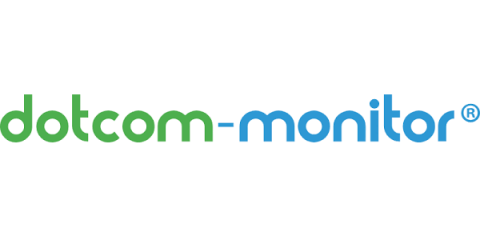5 Best Practices for Ensuring Performance of Your SaaS Business
From the time that SaaS businesses were an emerging trend in the internet space, to them becoming its omnipresent component, the virtual world has witnessed a massive transition in a very short span. The SaaS market is expected to rise to $220 billion by 2022 from $134 billion in 2018, at a CAGR of 13%. This growth is expected as SaaS resolves the scaling challenges for a business, considerably decreases the total cost of ownership, and takes away the hassles of managing local hardware.


